INTRODUCTION

When Intel released the Core I9-9900K CPU (3.6GHZ base clock with 8 cores / 16 threads) back in late 2018 it was considered the best a gamer could get and to date that hasn't really changed so if you're in the market for a new gaming rig (a powerful one at that) this is the CPU to get. Of course, you can always opt for the slightly faster Core I9-9900KS (4GHZ base clock with 8 Cores / 16 Threads) released in late 2019 but considering that the "regular" I9-9900K can easily hit 5GHZ 24/7 with the proper cooling i wouldn't recommend it (not to mention that the I9-9900KS has an MSRP twice as much as that of the I9-9900K). The Intel Z390 is without doubt the best chipset/platform for the Core I9-9900K CPU and today we have yet another such motherboard, the MPG Z390 Gaming Pro Carbon by MSI.
As a world leading gaming brand, MSI is the most trusted name in gaming and eSports. We stand by our principles of breakthroughs in design, the pursuit of excellence, and technological innovation. Integrating gamers' most coveted extreme performance, realistic visuals, authentic sound, precise control and smooth streaming functions into its gaming rigs, MSI frees gamers from tedious trial and error and pushes gaming performance beyond limits. The determination to surpass past achievements has made MSI a ‘True Gaming’ brand with gaming spirit throughout the industry!
As clearly stated by its name MSI launched the MPG Z390 Gaming Pro Carbon motherboard with gamers in mind which is also why it's fully equipped with RGB headers (two 4pin 12V and one 3pin addressable) and RGB LEDs (Mystic Light - 17 effects) located both over the VRM heatsink and beneath the motherboard itself. Because its aimed towards gamers this particular model is based around an 11-phase design (five doubled ones for the CPU and one for the integrated graphics) which still should have no problem pushing an I9-9900K all the way up to 5GHZ (if not more). The MPG Z390 Gaming Pro Carbon however comes fully packed with plenty of goodies including 4 reinforced DIMM slots (dual-channel support for non-ECC, un-buffered memory / up to 64GB), three full-length PCIe 3.0 x16 slots (x16/x0/x4, x8/x8/x4 modes - two are reinforced and EMI shielded), three PCIe 3.0 x1 slots, six native Intel SATA 6Gb/s ports (courtesy of the Z390 chipset - RAID 0/1/5/10), two M.2 slots (compatible with SSD models up to PCIe 3.0 x4 and SATA 6Gb/s), Realtek ALC1220P audio codec (7.1), Thunderbolt card connectivity (header) and the Intel I219-V Gigabit LAN controller. In terms of available external connectors, the MPG Z390 Gaming Pro Carbon features five USB 3.1 Gen2 (10Gbps) ports (3x Type-A, 1x Type-C at the rear I/O and 1x Type-C via internal header), four USB 3.1 Gen1 (5Gbps) ports (via internal headers), six USB 2.0 ports (two in the rear I/O and 4 via internal headers), v1.4 HDMI output, v1.2 DisplayPort output, RJ45 LAN connector and the analog (OFC jacks) and digital (S/PDIF) audio outputs.
SPECIFICATIONS AND FEATURES

PACKAGING AND CONTENTS
The MPG Z390 Gaming Pro Carbon gets shipped inside a black box that has the company logo at the front and a sports car drawing in the background.
At the base of the box we find the main features of the motherboard next to a warning, both printed in 18 languages.
Several of the features are printed at the rear of the box around a product picture.
Along with the MPG Z390 Gaming Pro Carbon you will also get a driver CD, two SATA 6Gbps cables, LED y-cable, LED JCORSAIR cable, LED JRainbow cable, SLI Bridge, M.2 screws, VIP card, SATA Cable Labels, case sticker, user manual and the quick installation guide (we received a 2nd hand sample so the bundle may be incomplete).
THE MPG Z390 GAMING PRO CARBON
The MPG Z390 Gaming Pro Carbon follows the typical ATX form factor.
MSI has placed two rather impressive carbon/black/silver heatsinks over the VRM and over the Z390 chipset (however they are not linked via heat pipes).
By using a total of 4 DIMM slots the MPG Z390 Gaming Pro Carbon supports up to 64GB at speeds all the way up to 4400MHZ.
In the above picture you can see all 6 PCIe slots (3x16/3x1) and the two M.2 slots (since the bottom slot is located underneath the 2nd PCIe x16 slot and thus can receive higher temperatures MSI has covered it with an high-performance heatsink they call FROZR).
The top M.2 slot may not feature a heat spreader like the bottom one but it's a lot easier to access (on the lower right you can also see the JBAT1 BIOS reset jumper).
On the lower right of the mainboard we find the Audio Boost 4 capacitors (up to 600Ohm boost) powered by Nahimic.
Here you can see the 6 native 6Gbps ports and the USB 3.1 front port connector.
Moving at the rear of the motherboard (the I/O shield is pre-mounted) we find two USB 2.0 ports, PS/2 connector, DisplayPort output, HDMI output, USB 3.1 Gen2 ports (1xType-A/1xType-C), two USB 3.1 Gen1 ports, Gigabit Ethernet port and the 7.1 analog/digital audio outputs.
Taking a look at the other side of the PCB we see 12 RGB LEDs located on the far right side.
As with every other Z390 Motherboard we'll be using an Intel Core I9-9900k for our tests.
MPG Z390 GAMING PRO CARBON BIOS
The CLICK BIOS 5 of the MPG Z390 Gaming Pro Carbon is separated into two sections, EZ Mode (for beginners) and Advanced (for more advanced users). The EZ Mode is clearly aimed towards gamers and allows you to check the current system status, change the drive boot priority, set the fan plan, enable/disable various features like the M.2 Optane support and the onboard HD Audio card, access the hardware monitor and launch the M-flash area to perform a BIOS update.
You can access the advanced section via the F7 key and once you do you will get several different tabs (the ones that don't stand out much are the GAME BOOST and XMP located on the top left).
Via the settings tab you get access to the time and date, quick system status screen, everything related to PCIe/LAN/SATA/HD Audio/integrated Graphics/USB and of course the boot settings and sequence.
The OC tab is self-explanatory so from here you can set the CPU/Ring/GT ratios, adjust the BCLK clocks, enable/disable the XMP profile, adjust voltages (although for most people i do recommend leaving almost everything at auto), set memory timings, access information about the CPU and the system, adjust the various CPU features and finally you can view a nice picture of the mainboard which showcases every installed component.
TESTING METHODOLOGY
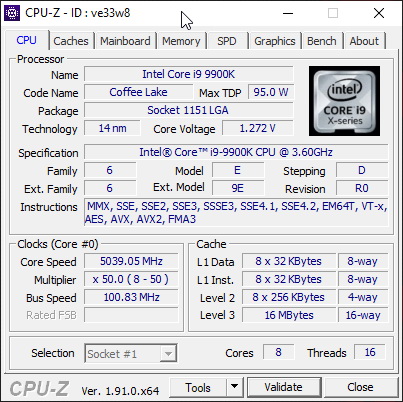

Exactly like used to do in the past each mainboard to arrive in the lab will get mounted on an open-air test bench and will be used for no less than two full weeks (daily tasks and gaming) with a fresh Windows 10 Pro installation. Since our very first mainboard samples are from the Intel Z390 family we'll be testing all of them with an Intel Core I9-9900K CPU together with 16GB (2x8GB) of GSKill's Trident Z Royal 4GHZ CL17 modules (likewise models from other chipset families will be tested with the same hardware components - will update this section when that happens). Unlike in the past however this time over every Z390 mainboard will be tested with the same exact settings so we'll be overclocking the CPU frequency of our Intel Core I9-9900K to 5000MHZ (CPU ratio set to 50 - of course voltages may vary slightly from motherboard to motherboard) and its Ring/NB frequency to 4700MHZ (Ring/NB ratio set to 47).
I did think about pushing each mainboard to the max to see which is the better overclocker but 5GHZ 24/7 is more than plenty for this type of CPU (also temperatures-wise). Instead i decided that it'd be far more interesting (not to mention accurate) to see which mainboard is the fastest when using the same exact hardware components/configuration (CPU/RAM/COOLER/SSD) with the same exact overclocking frequencies. To figure that out we'll be using several benchmarking programs (6 repeats after which the average numbers will get recorded into our charts) like AIDA64, CINEBENCH R20, CPUZ, Passmark Performance Test, RealBench and the Sisoftware Sandra Titanium 2020 version (to cover all of you out there when we finalize which graphics card, we'll be using for our tests we'll also include some game benchmarks).
* To “spice” things up a bit I’ve included benchmarks of the other two test rigs we have here (it’s always good to have something to compare the performance of any mainboard/system to).
TEST RESULTS - AIDA64 / CINEBENCH R20
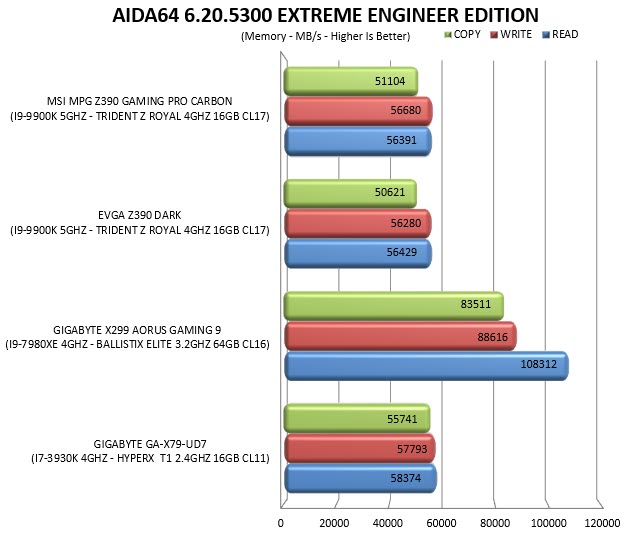

TEST RESULTS - CPUZ / PASSMARK PERFORMANCE TEST


TEST RESULTS - REALBENCH / SISOFTWARE SANDRA TITANIUM 2020



CONCLUSION
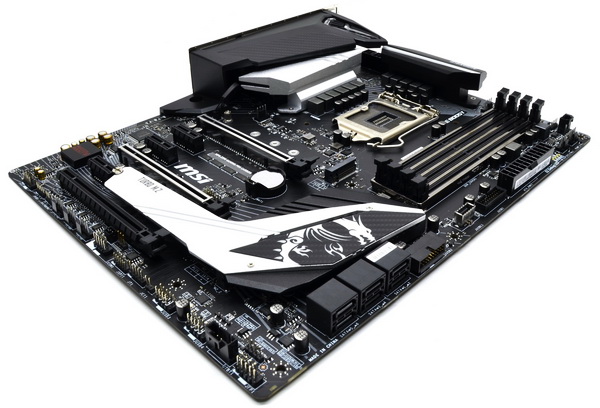
When the MPG Z390 Gaming Pro Carbon motherboard arrived here roughly 3 weeks ago and after reading its datasheet I thought that it was one of MSI’s high-end models (especially after watching it trade blows with the Z390 Dark, at least at those specific settings) so you can imagine my surprise when I learned that it was one of their mid-end ones. Still I don’t back down from what I thought back then, this may be a gamer oriented model but it offers a lot more that one would expect. Yes, it may not be able to compete with the Z390 Dark when it comes to cooling efficiency (heat-pipe linked heatsinks) and overclocking potential (11-phase design for the former and 17-phase design for the latter) but thanks to its 4 DIMM slots, RGB features and much lower price tag (as you will see on the next paragraph) the MPG Z390 Gaming Pro Carbon should indeed appeal to most gamers out there. Unfortunately, just like with previous models the onboard ALC1220P audio card by Realtek fails to impress and falls short by quite a bit compared to the Sound Blaster Recon3D (CA0132) by Creative used with the Z390 Dark (although judging by sales numbers of standalone audio cards it’s a safe bet that most gamers and enthusiasts would probably opt for one of those either way). It goes without saying but having used and reviewed very old motherboard models with onboard switches (for power/restart/OC) and displays means that I expect something along those lines from all the latest models (regardless of price range) so lacking all of the above is a hit and miss for me and pretty much one of the only serious drawbacks of this model.
One of the pros of the MPG Z390 Gaming Pro Carbon motherboard (1151) by MSI is without doubt its extremely balanced price tag which is currently set at just USD183.95 inside the USA (Amazon.com) and 185Euros inside the EU (Amazon.co.uk). With that in mind there’s simply no going around the fact that the MPG Z390 Gaming Pro Carbon offers a great price/performance ratio and unless you’re willing to spend extra to get one of the more powerful models (like the Z390 Dark or the Z390 Aorus Master – review soon) this should be more than adequate to cover your needs and that’s also why it gets our Golden Award.

PROS
- Overall Build Quality
- Good OC Potential (11 Phase Design)
- RGB Features (Mystic Light)
- 2 Reinforced PCIe 3.0 x16 Slots
- 4 Reinforced DIMM Slots
- M.2 FROZR Heatsink
- Available BIOS Settings
- Price (For Some)
CONS
- VRM & Z390 Chipset Heatsinks Not Linked (Cooling Efficiency)
- No Mainboard Switches & Displays
- Realtek ALC1220P Performance

 O-Sense
O-Sense





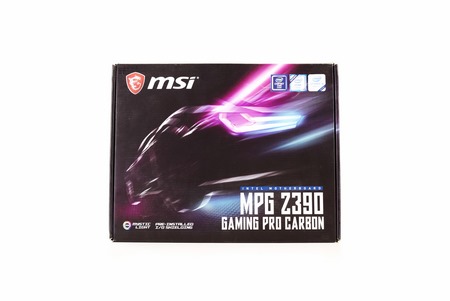



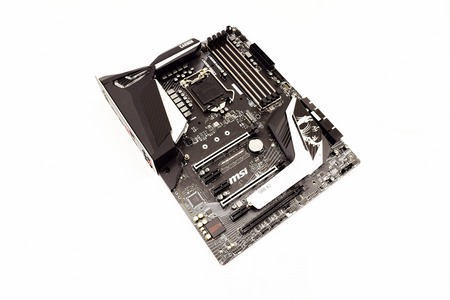











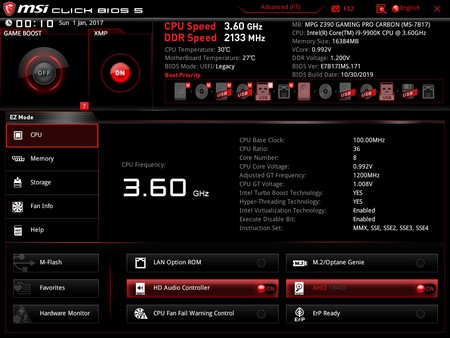








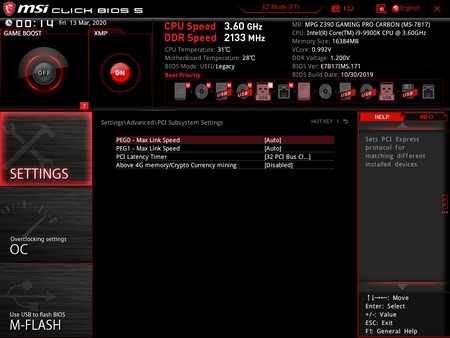













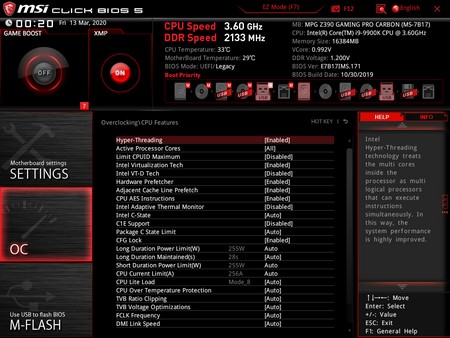



.png)

